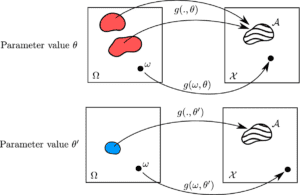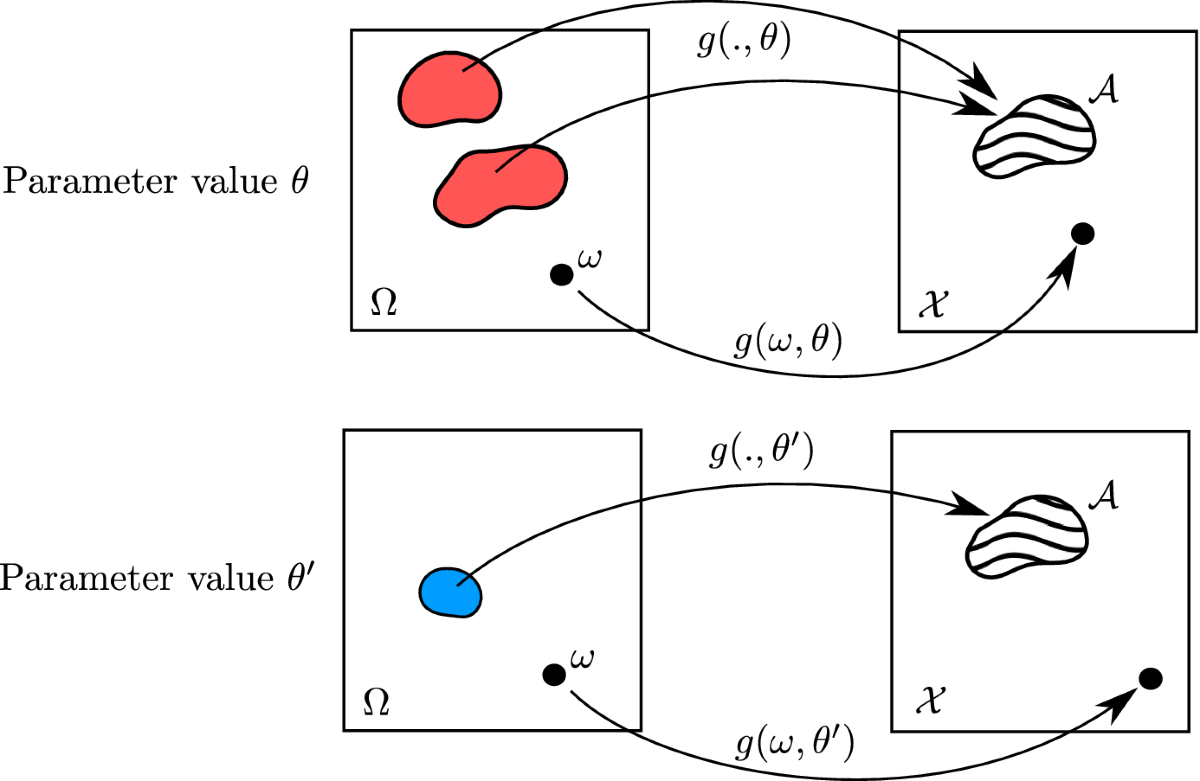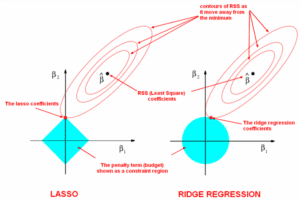When evaluating a field of crops, focusing on the weakest areas helps identify what’s holding them back. This ensures even the most challenging conditions are addressed, improving the entire field’s health. Contrastive Pessimistic Likelihood Estimation (CPLE) operates similarly: it identifies and prioritizes difficult cases in a dataset, enhancing predictive models for reliability under challenging conditions.
A Brief History of Contrastive Pessimistic Likelihood Estimation
CPLE emerged to address the growing demand for resilient machine learning models, particularly in high-stakes environments. Rooted in research on contrastive learning and probabilistic modeling, this technique has become indispensable in industries such as healthcare, finance, and infrastructure safety.
What Is It?
Contrastive Pessimistic Likelihood Estimation is a machine learning method designed to improve model robustness. Unlike traditional techniques that optimize for average scenarios, CPLE emphasizes worst-case situations, ensuring models can reliably handle edge cases.

Why Is It Being Used? What Challenges Are Being Addressed?
CPLE solves critical challenges:
- Handling Edge Cases: Optimizes model performance in rare and critical scenarios.
- Enhancing Robustness: Ensures models perform consistently in real-world applications.
- Reducing High-Stakes Errors: Mitigates risks in fields like healthcare and cybersecurity by focusing on potential failure points.
These benefits make CPLE a powerful tool in creating dependable machine learning systems.
How Is It Being Used?
To apply CPLE:
- Identify challenging data points or scenarios.
- Assign greater weights to these cases during training.
- Use contrastive techniques to refine model predictions and performance.
This process ensures models are effective across both average and extreme cases.
Different Types
CPLE variations depend on:
- Contrastive Strategies: Approaches to identifying and prioritizing difficult cases.
- Application-Specific Customizations: Tailored implementations for industries like finance and healthcare.
Different Features
- Focus on Critical Data: Prioritizes high-impact data points.
- Improved Accuracy: Delivers reliable predictions across varied scenarios.
- Customizable: Adapts to diverse datasets and industry requirements.
Different Software and Tools for It
CPLE can be implemented using:
- Python: TensorFlow, PyTorch, and Scikit-learn libraries.
- R: Advanced modeling packages.
- MATLAB: Toolkits for probabilistic and contrastive modeling.
- Custom Frameworks: Industry-specific solutions.
Three Industry Applications in Australian Governmental Agencies
- Healthcare Analytics: Enhancing models to handle ambiguous or rare medical cases.
- Fraud Detection: Identifying fraudulent transactions by prioritizing edge cases in financial datasets.
- Public Safety Models: Refining predictive systems for critical risks, such as natural disasters and infrastructure failures.
How interested are you in uncovering even more about this topic? Our next article dives deeper into [insert next topic], unravelling insights you won’t want to miss. Stay curious and take the next step with us!








